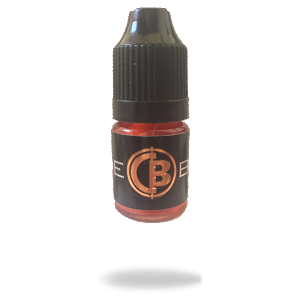Description
Buy silver liquid mercury online
What is Mercury?
- Elemental (metallic) mercury
- Inorganic mercury compounds
- Methylmercury and other organic compounds
Elemental (Metallic) Mercury
Elemental or metallic mercury is a shiny, silver-white metal, historically referred to as quicksilver, and is liquid at room temperature. It is used in older thermometers, fluorescent light bulbs and some electrical switches. When dropped, elemental mercury breaks into smaller droplets which can go through small cracks or become strongly attached to certain materials. At room temperature, exposed elemental mercury can evaporate to become an invisible, odorless toxic vapor. If heated, it is a colorless, odorless gas. Learn about how people are most often exposed to elemental mercury and about the adverse health effects that exposures to elemental mercury can produce.
Elemental mercury is an element that has not reacted with another substance. When mercury reacts with another substance, it forms a compound, such as inorganic mercury salts or methylmercury.best place to buy silver liquid mercury online
Inorganic Mercury
In its inorganic form, mercury occurs abundantly in the environment, primarily as the minerals cinnabar and metacinnabar, and as impurities in other minerals. Mercury can readily combine with chlorine, sulfur, and other elements, and subsequently weather to form inorganic salts. Dust containing these salts can enter the air from mining deposits of ores that contain mercury. Inorganic mercury can also enter water or soil from the weathering of rocks that contain inorganic mercury salts, and from factories or water treatment facilities that release water contaminated with mercury.
Although the use of mercury salts in consumer products, such as medicinal products, have been discontinued, inorganic mercury compounds are still being widely used in skin lightening soaps and creams. Mercuric chloride is used in photography and as a topical antiseptic and disinfectant, wood preservative, and fungicide. In the past, mercurous chloride was widely used in medicinal products, including laxatives, worming medications, and teething powders. It has since been replaced by safer and more effective agents.
Human exposure to inorganic mercury salts can occur both in occupational and environmental settings.In the general population, exposure to mercuric chloride can occur through the dermal route from the use of soaps and creams or topical antiseptics and disinfectants. Another, less well-documented, source of exposure to inorganic mercury salts among the general population is from their use in ethnic religious, magical, and ritualistic practices and in herbal remedies.order Silver Liquid Mercury online
Methylmercury
When inorganic mercury salts can become attached to airborne particles. Rain and snow deposit these particles on land.As it cycles between the atmosphere, land, and water, mercury undergoes a series of complex chemical and physical transformations, many of which are not completely understood. Microscopic organisms can combine mercury with carbon, thus converting it from an inorganic to organic form.where to buy silver liquid mercury online

















Reviews
There are no reviews yet.